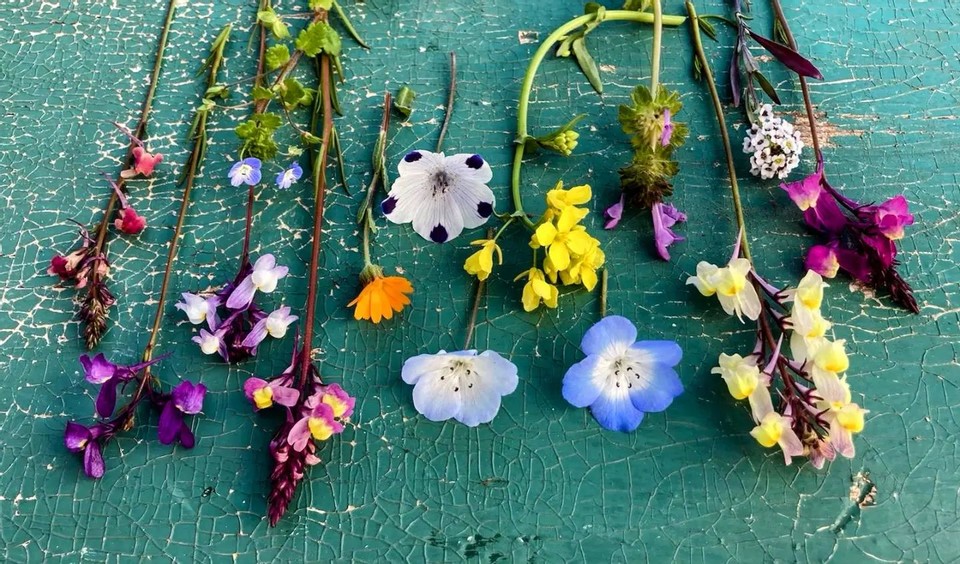Springtime at McDowell Ranch
Each year, as winter’s chill recedes into Spring’s sun, our vineyards come alive with a dazzling display of color as the wildflowers and other cover crops come into full bloom. But this incredible display isn’t just for show; it’s an integral component of organic farming and sustainable viticulture.
Magic in the vines
Wildflower season in Wine Country is nothing short of pure magic, and no matter how many times you experience it, the sheer beauty always takes your breath away. Whether purposefully planted or growing wild, mustards, wildflowers, and other cover crops thrive in the late winter months when rain and sun are abundant. They blanket our vineyards in a vibrant show of yellows, whites, pinks, and oranges before they are tilled under to mulch, providing valuable nutrients to the vines and limiting the need for pesticides or artificial soil amendments.
The practice of planting cover crops can be traced back thousands of years throughout Europe. In California, it’s said that Franciscan monks were the first to spread mustard seeds while landscaping missionary properties during the 17th and 18th Centuries. The monks would slowly walk the fields with a bag of seeds slung over their shoulder, a small hole in the bottom allowing the mustard to scatter as they moved about. Over the years, the seeds, which travel naturally via wind, water, or bird, slowly began to dominate the landscape.
So what exactly is a cover crop?
And mustard is a condiment, right?
The simplest answer is: Cover crops provide a valuable service to grapevines, facilitating viticulture and supporting long-term vineyard health. Grown in the winter months when grapevines lie dormant, cover crops prevent erosion and naturally aerate the soil as their roots take hold. Also, cover crops recapture nutrients such as nitrogen and phosphorus from the atmosphere as they grow. They are eventually tilled back into the soil, providing a nutrient-rich feast for the budding vines and supporting the microbiological activity that comes from increased aeration.
A variety of cover crops are employed by thoughtful vineyard managers, such as legumes, cereals, grasses, and wildflowers—each lending a specific contribution to overall vineyard health. Mustard, in particular, is a traditional favorite among farmers. In addition to providing valuable phosphorus and nitrogen, it brings high levels of biofumigants to the soil, drastically suppressing the nematode (microscopic worm) population that can damage vines. Advances in agroscience have led many vineyards to devise their own variety of cover crops, such as the “extra spicy” variation of mustard, an even more potent nematode deterrent.
As for the condiment, it’s one and the same. To create a classic mustard sauce, grind the dried seeds from the mustard plant and mix with vinegar, water, and any other variety of spices, and it’s ready for your favorite meal.
Organic Farming at Marietta
At Marietta Cellars, mustard and other cover crops have always been a core component in the organic farming of our estate vineyards. As stewards of these historic sites, promoting vineyard health and longevity is among our greatest responsibilities and honors, and we’re proud to utilize these age-old techniques to ensure our vineyards will thrive for centuries to come.
Amazing wine starts in the vines, and in turn, this magic shines throughout every bottle of Marietta. Pair our Old Vine Riesling or Old Vine Red with your favorite mustard dish this Spring, and be sure to give a special tip of the glass to everyone’s favorite cover crop.



